To give your children the energy to jump start into sport, we've made MILO cereal with whole grain, vitamin, minerals and our signature Milo Choco Malt! Made with WHOLE GRAIN, you get more goodness-like GroupB Vitamins (for alertness in school), Dietary Fibre (to keep you fuller for longer)and important minerals such as Iron and Calcium.
Features & Benefits
35.2%
Whole grain
Whole Grain
No. 1 Ingredient
B Vitamins
B2, B3, B6
Iron
Source
Calcium
Source
No
Artificial Colours
Our carefully selected ingredients
Cereal Grains {[ Whole Grain Wheat Flour (28.2%), Wheat Flour (gluten)], Corn Semlina}, Sugar Barley Malt Extract [Malted Barley (gluten), Tapioca Starch], Fat-reduced Cocoa Powder, Palm Oil, Minerals (Calcium Carbonate, Reduced Iron) Skimmed Milk Powder (cow's Milk) Iodized Salt (Sodium Chloride, Potassium Iodate), Emulsifier (Soya Lecithin E322), Natural Flavouring Substance (Vanillin), Tcopherols and Vitamins (B3, B5, B6, B2 and B9). All additives are of plant or synthetic origin. May contain traces of tree nuts (almonds and hazelnuts).
Nutritional Info
Serving Size 30 g
Energy
472kJ/111kcal
6 %
Fat
0.9 g
Sugars
8.8 g
Salt
472kJ/111kc
of an adult`s RI
* Reference intake of an average adult (8400 kJ/2000 kcal)
Nutrition Facts
Typical values
| Energy | 1572 kJ |
| Energy | 371 kcal |
| Protein | 8.1 g |
| Fats | 2.9 g |
| of which Saturates | |
| Carbohydrates | 78.1 g |
| of which Sugars | 29.2 g |
| Fibre | 7 g |
| Salt | 0.16 mg |
| * Nutrient Reference Value (NRV) | |
Vitamins & minerals
| Riboflavin (B2) | 1.6 mg |
| Niacin (B3) | 18 mg |
| Vitamin (B6) | 2 mg |
| Folic Acid | 200 mg |
| Pantothenic Acid (B5) | 6 mg |
| Iron | 14 mg |
| * Reference Intake (% RI) | |
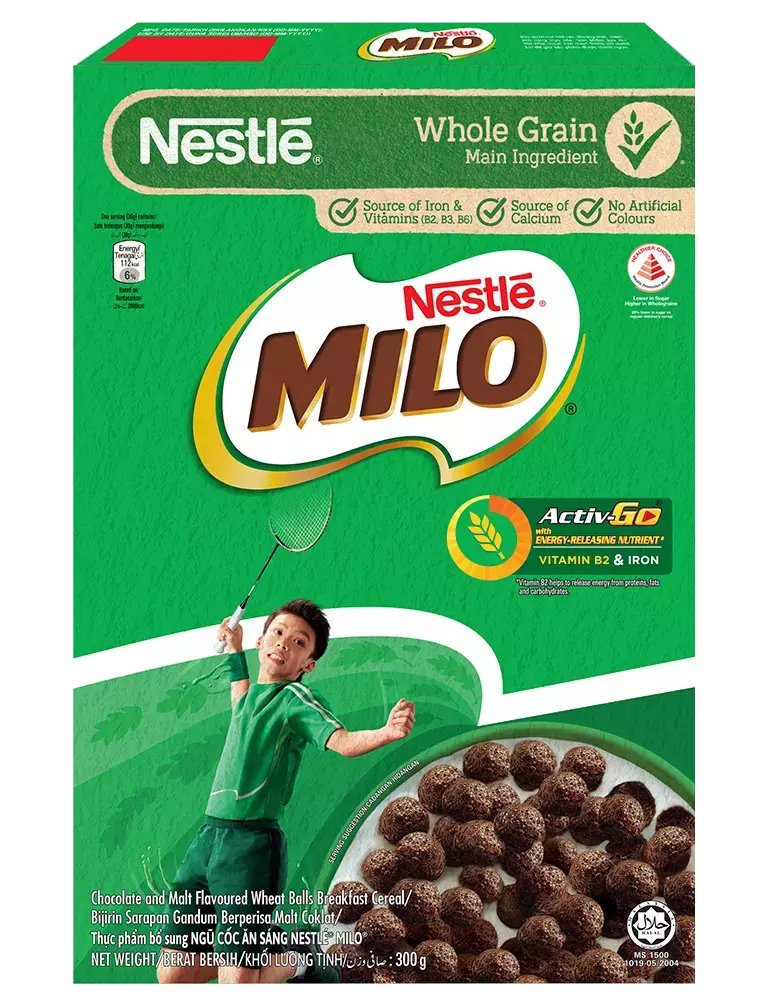
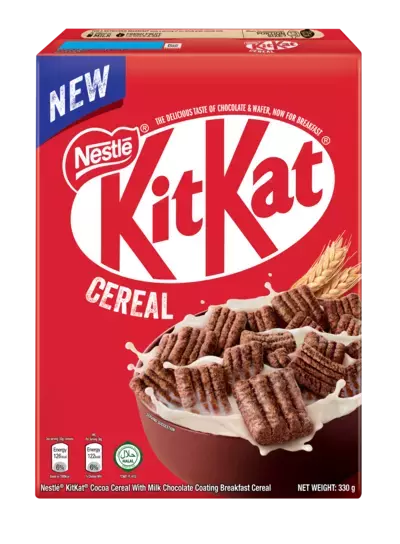
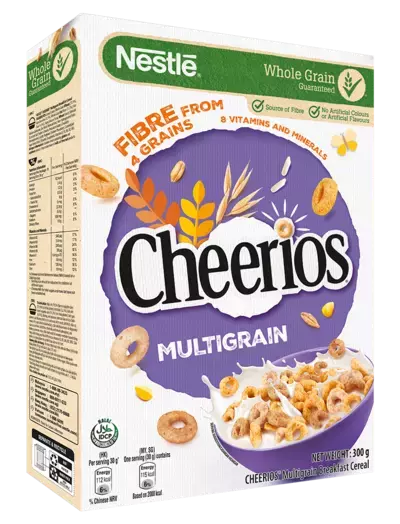
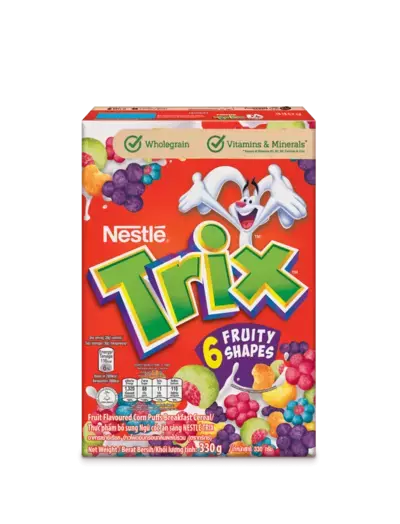
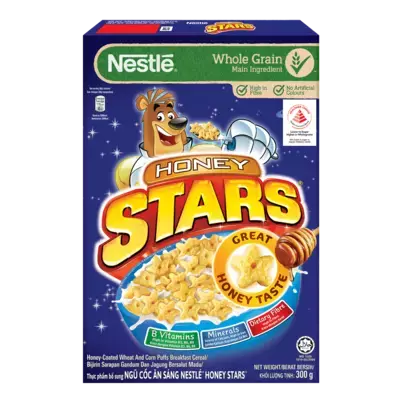
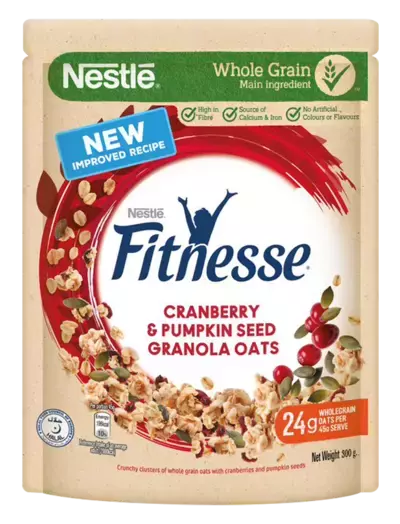
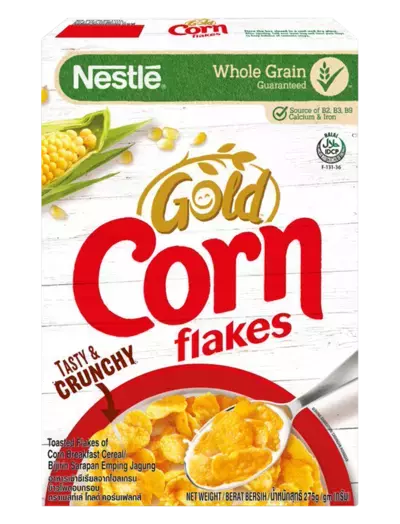
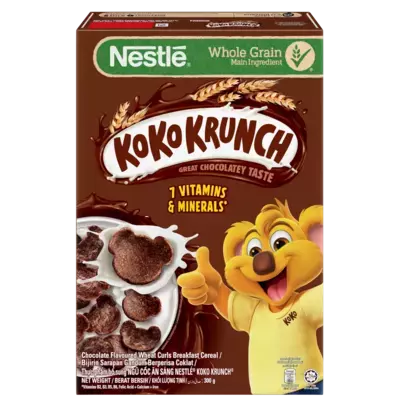
Comments
Rating
Comments